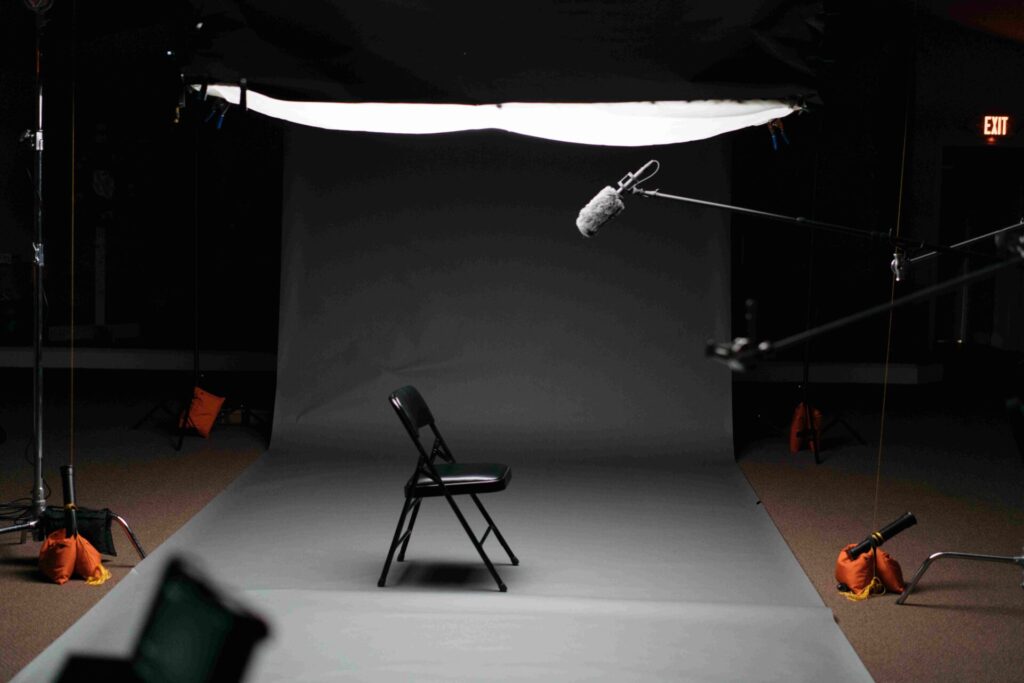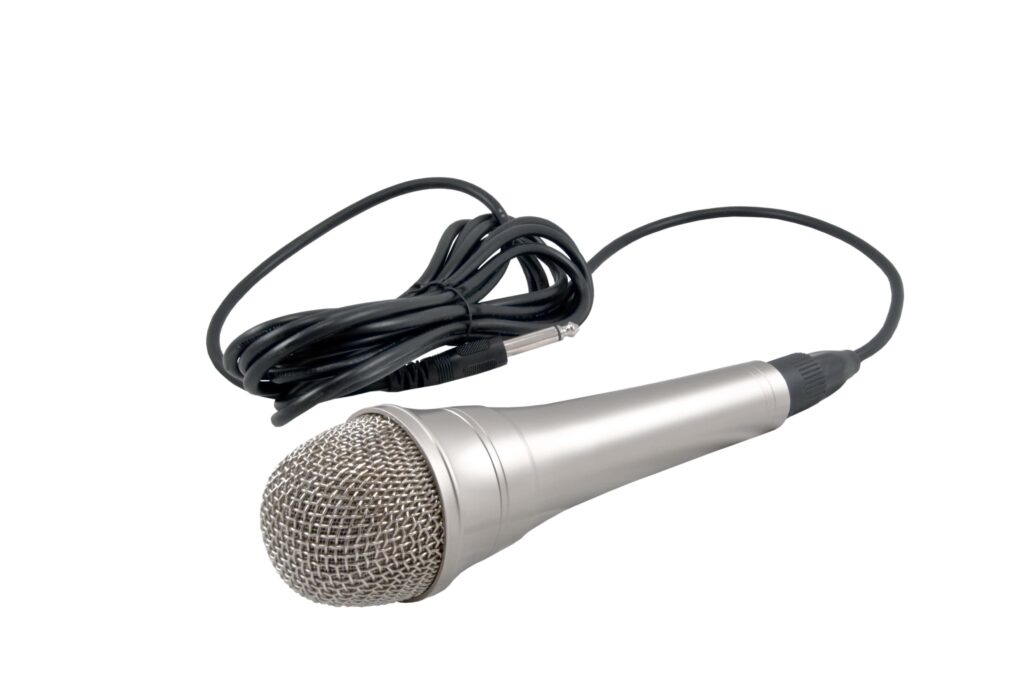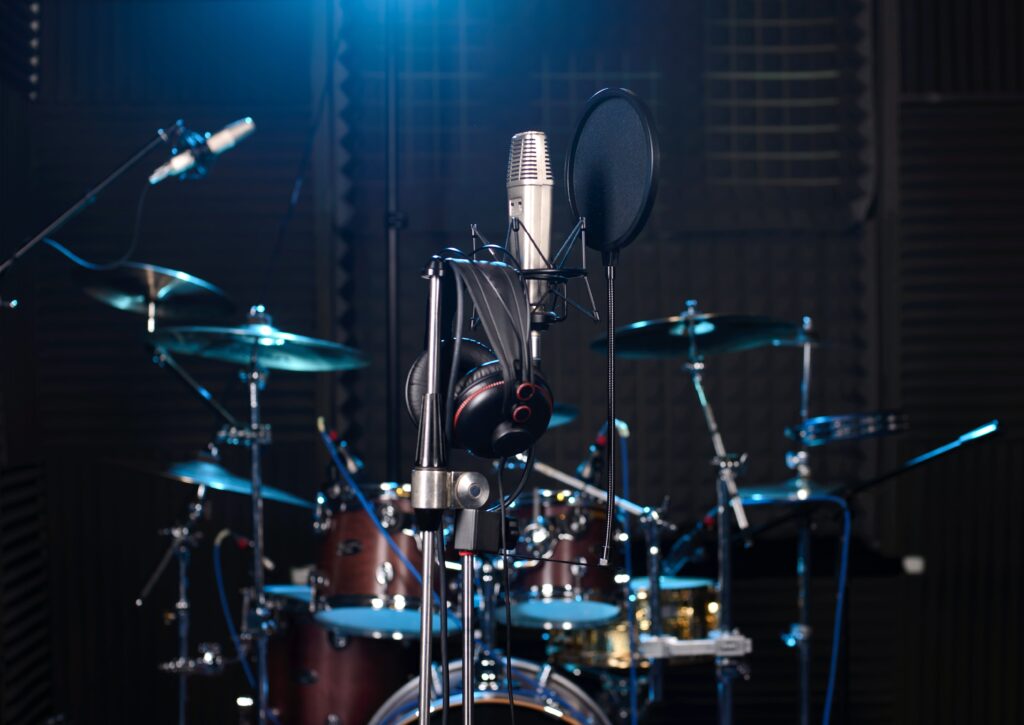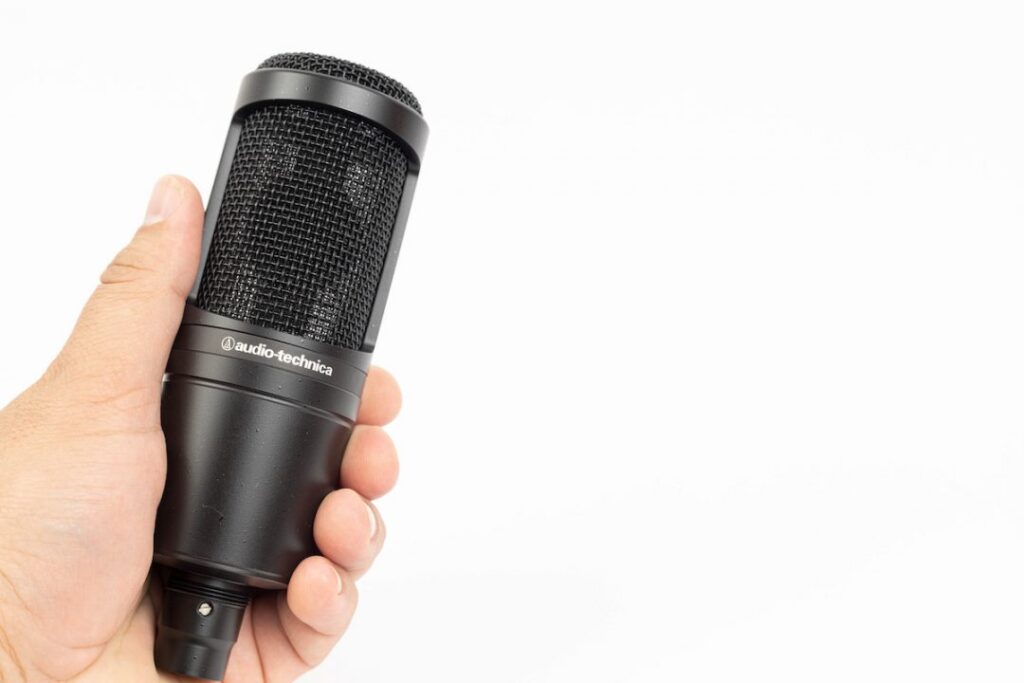Welcome to the world behind the scenes of music production! Ever wondered how a first-class studio microphone set creates such amazing sound? It’s all about choosing the right microphone and putting it in the perfect spot. This journey we’re starting will show you just how crucial picking the right microphone and placing it just right is for making incredible music that grabs your ears and doesn’t let go.
Well, in the world of music, microphones are like the ingredients, and where you put them is like how you mix them. If you don’t have the right ingredients or you mix them up wrong, your music studio microphone won’t turn out so great. It’s the same with music in the studio—if you don’t have the right microphone or you put it in the wrong place, your sound won’t be as awesome as it could be. So, let’s uncover the secrets of making music that sounds as sweet as that perfect cake.
Decoding Microphone Types: Matching Tools to Tasks
Understanding different types of studio microphone sets. Just like you wouldn’t use a hammer to screw in a light bulb, different microphones are designed for different jobs. There are dynamic microphones, which are great for loud sounds like drums and guitars. Then there are condenser microphones, which are more sensitive and capture finer details, making them perfect for vocals and delicate instruments like pianos. By knowing which microphone suits each task best, you can ensure you’re using the right tool for the job, resulting in better sound quality.
Critical Considerations: Factors Shaping Microphone Choices
When it comes to picking the right studio microphone sets, there are a few important things to consider. Factors like the sound source you’re recording, the environment you’re recording in, and your budget can all influence your decision. For example, if you’re recording in a noisy room, you might need a microphone with good noise-cancelling abilities. By thinking about these factors carefully, you can make sure you’re choosing the microphone that’s best suited to your needs and getting the most bang for your buck.
Read More: Capturing Perfection: Studio Microphone Techniques for Producers
studio microphone set Strategies: Expert Approaches to Microphone Selection
Now, let’s look into the playbook of top studios. These experts have some clever tricks up their sleeves when it comes to picking the perfect studio microphone set. They might experiment with different combinations of microphones to capture just the right sound, or they might use unconventional placement techniques to achieve unique effects. By learning from their strategies, you can take your microphone game to the next level and unlock new possibilities in your recordings.
Polar Patterns Unraveled: Harnessing Directional Power
Ever wondered why some studio microphone sets pick up sound from all directions, while others only capture sound from one direction? That’s because of something called polar patterns. Understanding polar patterns is like knowing which way a camera is pointing—it helps you capture exactly what you want and nothing else. By learning how to attach the directional power of different polar patterns, you can control which sounds get picked up by your microphone, leading to cleaner and more focused recordings.
Precision Placement: Optimizing Sound Capture with Strategic Positioning
Now that you’ve got the right microphone, it’s time to put it in the perfect spot. Just like a photographer carefully frames a picture, where you place your microphone can make a big difference in how your recording turns out. By strategically positioning your studio microphone set relative to the sound source, you can capture the best possible sound with minimal interference. Whether it’s finding the sweet spot on a guitar amp or positioning a microphone for optimal vocal clarity, precision placement is key to achieving professional-quality recordings.
Read More: Top 5 Best Vintage Microphones to Buy
Common Difficulties: Avoiding Errors in Microphone Positioning
Finally, let’s talk about some common mistakes to avoid when positioning your microphone. It’s easy to manage things like room reflections, microphone proximity, and cable management, but these small details can have a big impact on your recordings. For example, placing a studio microphone set too close to a wall can result in unwanted echo, while leaving cables lying around can cause noise interference. By being mindful of these common pitfalls, you can ensure that your microphone positioning is on point and your recordings sound their best.
Conclusion
In conclusion, mastering microphone selection and placement involves understanding microphone types, considering critical factors, and adopting expert strategies. By separating polar patterns, mastering precision placement, and avoiding common pitfalls, you can create professional-quality recordings that captivate your audience. So, armed with this knowledge, go forward and create music studio microphone that sounds amazing every time!
Read More: History of vintage ribbon microphone




